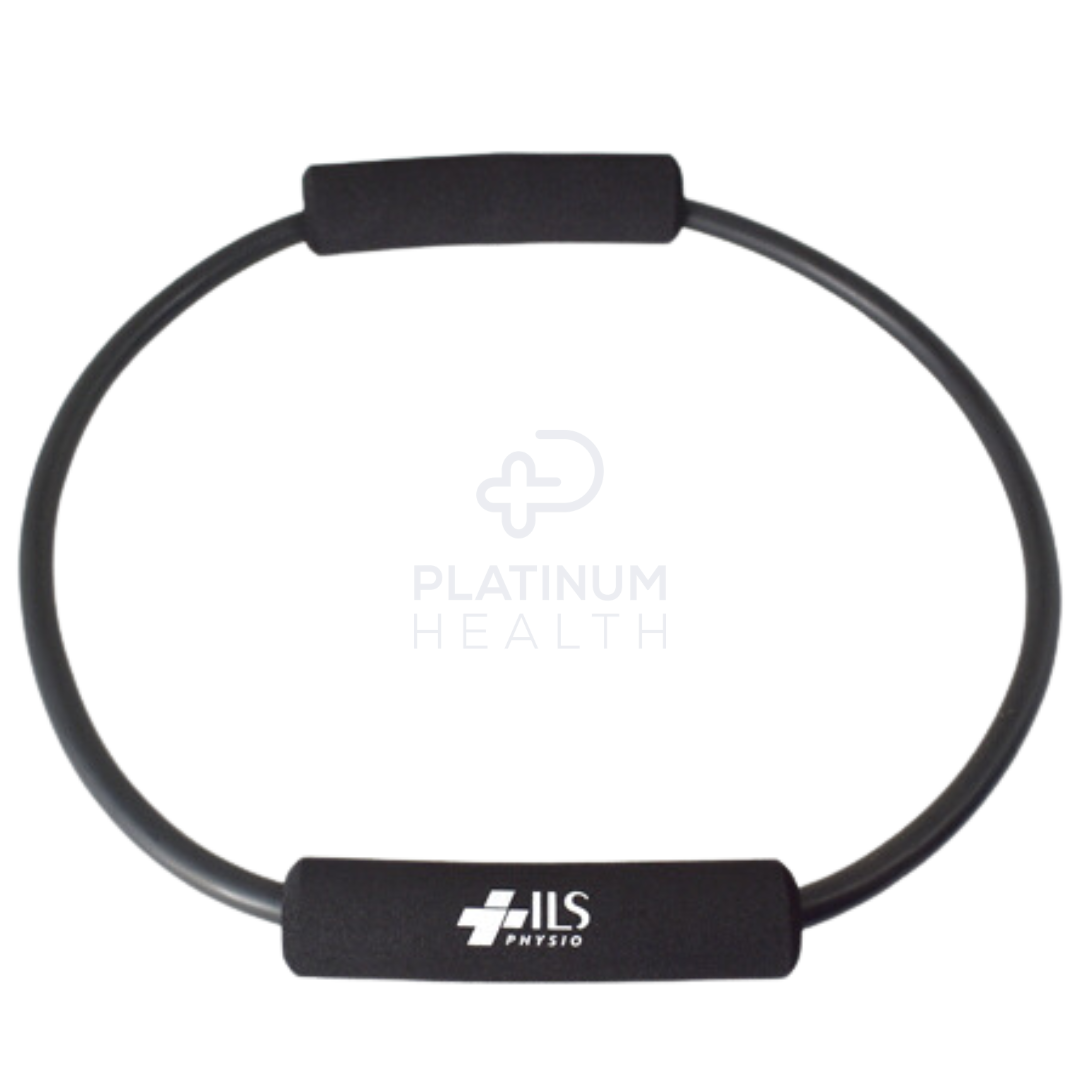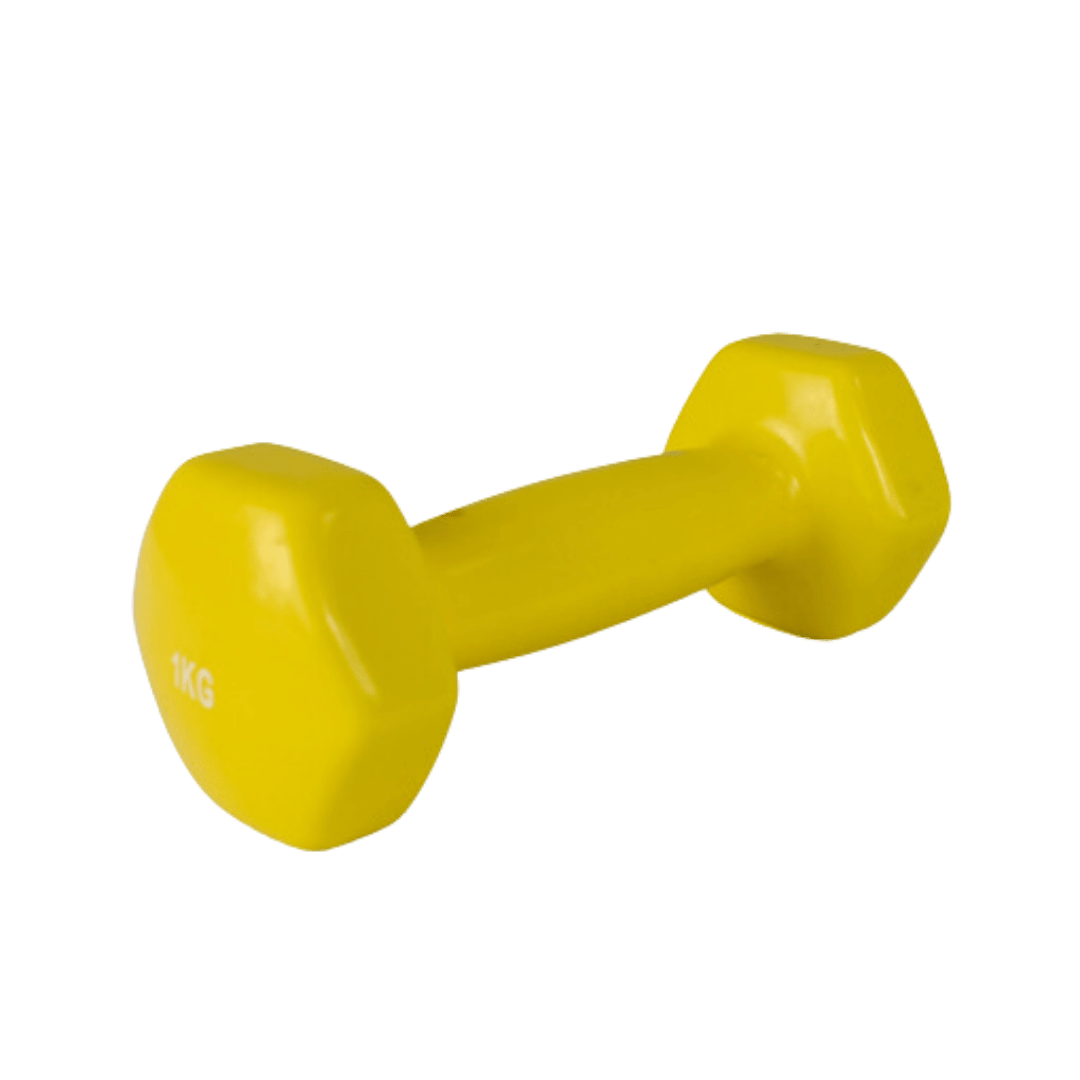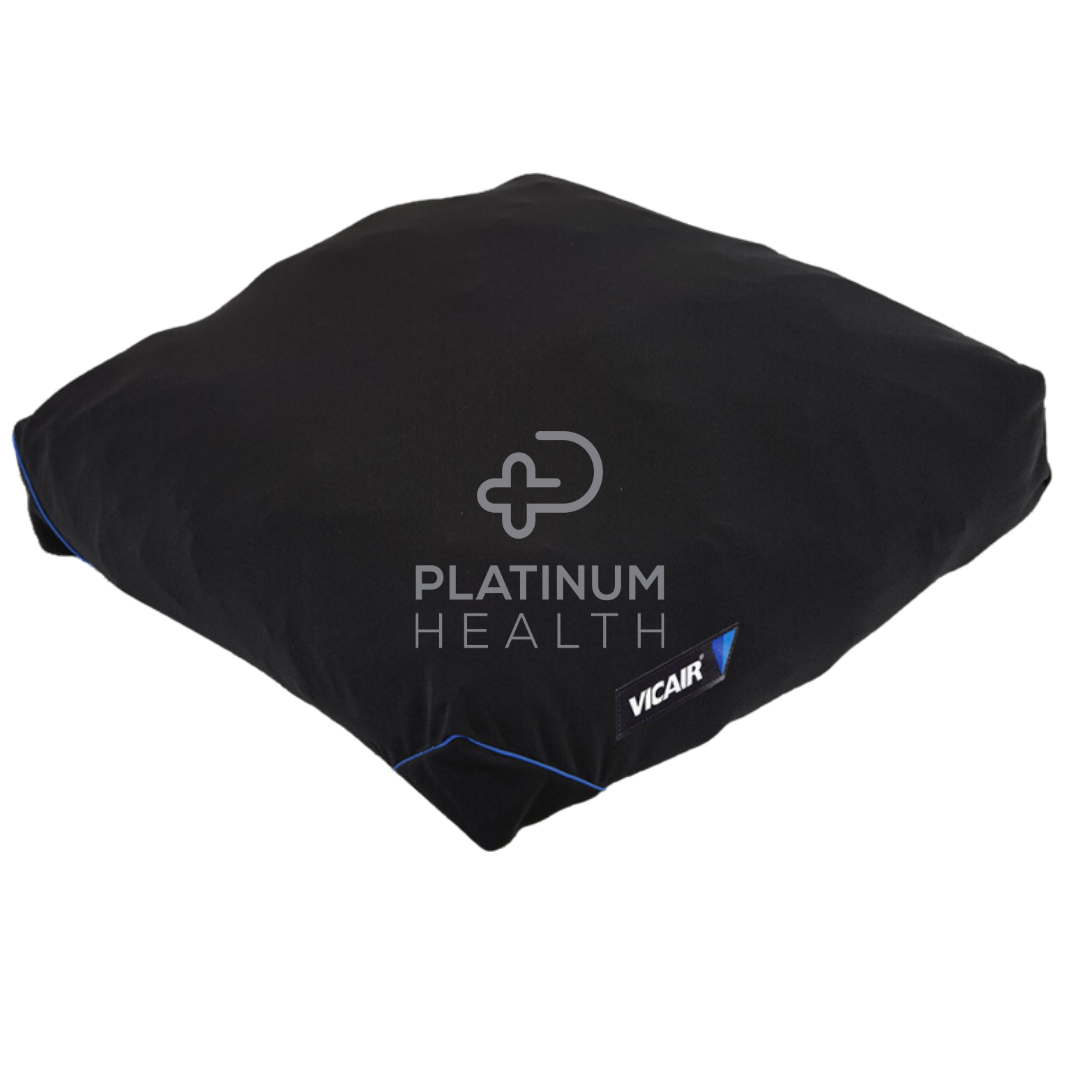How to Exercise and Stay Active in a Wheelchair

Let’s get one thing straight. Being in a wheelchair doesn’t mean pressing pause on movement.
Staying active isn’t just possible—it’s powerful. From building muscle and boosting mood to keeping your heart happy and energy high, a little movement goes a long way.
The best part? You don’t need fancy equipment or a personal trainer named Chad. With a bit of creativity, a dash of motivation, and maybe a good playlist, you (or your client) can stay strong, flexible, and full of life. Ready to feel unstoppable? Let’s get moving—because fitness has wheels too!
Why Movement Matters (Even If You’re Sitting Down)
Sure, strong arms are a bonus—but regular movement in a wheel chair is about so much more than just muscle. Think of it as your body’s way of saying, “Thanks for keeping me going!”
Here’s what staying active can do for you (or your client), according to Seating Dynamics:
✅ Boost Blood Flow & Heart Health – Movement helps keep your ticker ticking and your circulation flowing, which means fewer pins and needles and better oxygen delivery to the muscles.
✅ Prevent Pressure Injuries – Shifting your position regularly helps relieve pressure on vulnerable spots (looking at you, tailbone) and keeps the skin healthy. No one wants to sit still for sores.
✅ Improve Flexibility & Range of Motion – Even small movements help maintain joint mobility. Want to reach the top pantry shelf or hug your grandkids with flair? This is how you stay limber enough to do it.
✅ Maintain Muscle Strength – Muscle isn’t just for lifting weights—it’s for transferring safely, sitting upright with good posture, and keeping your body supported day to day.
✅ Support Better Breathing & Digestion – Moving your torso helps open up the lungs and get the digestive system doing its thing. Yup, even your intestines love a bit of exercise!
✅ Boost Mental Health – Movement = endorphins. Endorphins = mood lift. Whether it’s stretching, dancing in your seat, or wheeling through the park, movement gives your brain a happy buzz.
The key takeaway? Even a little movement makes a big difference. Whether you’re a weekend warrior or full-time seated superhero, movement isn’t just helpful—it’s vital. And wheelchairs aren't a barrier, it’s your ride to freedom.
Workouts You Can Do Right From Your Wheelchair
Whether you're after stronger arms, better posture, or just want to get your heart pumping, there are plenty of simple, effective exercises you can do right from your chair. Bonus: most of them don’t even require fancy equipment.
1. Seated Strength Training
Who needs a bench press when you've got resistance bands, dumbbells, or even canned beans? Upper body workouts can include:
- Bicep curls
- Shoulder presses
- Chest squeezes with a resistance band
Why it works
These moves aren’t just for flexing in the mirror—they help with the real stuff: transfers, pushing, reaching overhead, and even lifting your morning cuppa without the arm wobbles. Think functional fitness meets freedom.
Not sure where to start? This seated strength training video by Paul Eugene is a great guide.
Pro tip: Add some grip aids or wrist support from our Mobility Accessories range to make workouts safer and more comfortable.
Here are some workout accessories that can help you with seated strength training:
A. ILS Physio O-Ring Resistance Band

Order the ILS Physio O-Ring Resistance Band now!
This compact yet powerful band adds the perfect level of challenge to your chest presses or arm pulls. Easy to grip, tough to beat.
B. Weighted Dumbbells

Get your weighted dumbbells here
Go old-school with these easy-to-hold dumbbells. They’re ideal for bicep curls, shoulder presses, or building your very own guns of glory.
2. Chair Cardio (Yes, Really!)
Getting your heart pumping isn’t just for marathon runners—cardiovascular exercise is just as important for wheelchair users. In fact, studies from the Archives of Rehabilitation Research and Clinical Translation show it can improve everything from heart health and endurance to mental wellbeing and even immune function. So yes, cardio belongs in your routine.
Try these fun and effective ways to get your heart rate up, all without leaving your wheels:
- Arm circles and air punches – Go slow or fast, add music for rhythm, or imagine you're in a boxing match with your to-do list.
- Speedy wheelchair pushes – Indoors or out, just pick a smooth path and time yourself. Bonus points if there’s a slight incline.
- Chair dancing – Put on your favourite feel-good playlist and move to the beat. Yes, even jazz hands count.
Why it works
Cardio isn’t just about burning calories—it boosts your energy, strengthens your heart, improves mood, and keeps your whole body functioning better over time. Plus, let’s be honest: a good sweat just feels amazing.
Watch this motivating char cardio workout by Caroline Jordan for inspiration:
3. Stretch It Out
Sitting still doesn’t mean staying stiff! Whether you’ve just wrapped up a workout or you’re simply feeling a bit crunched from the chair, stretching is the unsung hero of mobility and comfort for wheelchair users.
Try these simple but effective moves:
- Neck rolls – Gently release tension built up from looking at your phone or leaning forward.
- Side stretches – Reach for the stars (or the top cupboard) to open up the spine and ribcage.
- Wrist and finger mobility exercises – Perfect for those who use push rims or spend lots of time using devices.
Why it works
Stretching helps increase flexibility, reduce muscle stiffness, and prevent long-term joint issues. It also boosts circulation, supports better posture, and helps reduce the risk of pain from being in one position too long. According to Invacare, it can even improve balance and body awareness—huge wins when transfers and mobility are part of your daily routine.
Bonus: Feeling mentally foggy? A few minutes of stretching can also help refresh your mind and lift your mood.
Looking for back and posture support? Check out the Vicair Adjuster O2 Cushion to stay supported while stretching.

Order the Vicair Adjuster O2 Cushion now!
The Vicair Adjuster O2 Wheelchair Cushion offers customisable support and pressure relief that adapts to your body, helping maintain good posture and comfort throughout the day. Plus, it’s breathable and machine washable—so your cushion stays fresh while you stay mobile.
4. Core Work = Better Balance
Believe it or not, you’ve got abs under there—and they’re working harder than you think. For wheelchair users, a strong core isn’t just about sculpted six-packs (though hey, we’re not judging)—it’s essential for posture, stability, and making daily tasks safer and easier.
A solid core helps:
- Improve balance while reaching or transferring
- Support your spine, preventing slouching or back pain
- Enhance independence, especially when navigating uneven surfaces or shifting your weight
- Reduce fatigue, because your body doesn’t have to overcompensate with other muscle groups
Why This Works
According to Mobility Management, core strength is the cornerstone of seated stability. It supports both functional movement and long-term spinal health, making it a key player in every wheelchair user’s wellbeing.
Try these beginner-friendly seated core exercises:
- Seated crunches – Lean forward and contract your core, then return to upright (no need to touch your toes—this isn’t high school gym class).
- Torso twists with a light weight or ball – Great for working obliques and improving spinal rotation.
- Lean backs – Gently lean back and return to upright. Keep your movements slow and controlled—and always listen to your body.
Need a visual? Follow along with this core workout video made for wheelchair users.
Start small, keep it consistent, and feel the difference in everything from reaching for a remote to nailing your next wheelchair transfer. Your core’s got your back—literally!
5. Involve a Physio or Support Worker 👯
Let’s be honest: starting a new exercise routine can be a bit daunting. Which moves are safe? What works best for your body? Should you be sweating this much already?
That’s where the pros come in.
A physiotherapist or support worker isn’t just there for injury rehab—they’re your personal movement coach. They can:
- Tailor a fitness plan to your abilities, mobility level, and health goals
- Help prevent injuries and build your strength the right way
- Offer guidance on equipment, posture, and technique
- Motivate you when your brain says “nah” but your body really needs to move
But wait—it gets even better.
Why This Works
According to Everyone Active, having someone by your side:
- Makes exercise more fun (yes, even squats… sort of)
- Keeps you accountable on days when motivation is MIA
- Adds a little friendly competition to push your limits
- Boosts confidence, especially when trying something new
- Helps build a routine that sticks!
So whether it’s a carer, friend, support worker, or fellow NDIS participant—grab your exercise sidekick and get moving together. It’s more fun, more motivating, and honestly… you’ll laugh way more.
Keep Moving with Platinum Health Supply
Feeling pumped to move? Whether you're cruising in your chair or supporting someone who is, staying active isn't just great for the body—it’s a total mood booster, too.
From improving posture to boosting heart health and independence, every stretch, push, and twist counts.
Check out our Exercise or Mobility Collection if you're looking for a wheelchair for sale —from resistance bands and dumbbells to posture-supporting cushions and accessories, we’ve got everything you need to move safely and confidently.
Let’s keep those wheels turning and those muscles firing. Your next great workout starts right here.
